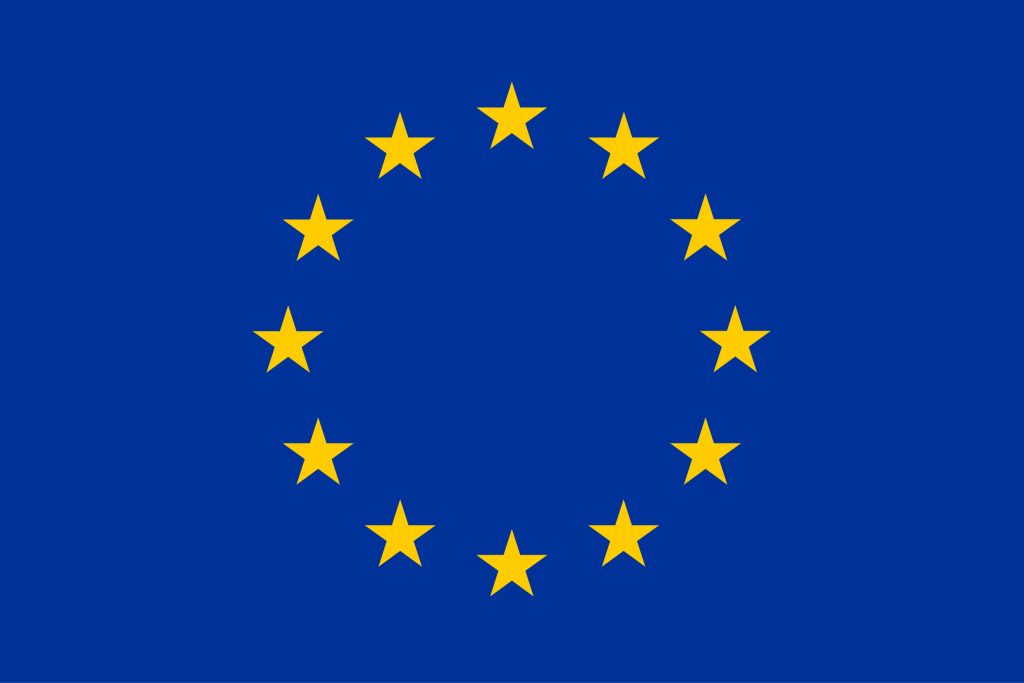
This activity is led by Bibracte
The work done by each of the 10 Pilot cases in the INCULTUM project shows (sometimes big) differences and specifities, nevertheless all the Pilots are aiming at developing new sustainable and collaborative strategies for local promotion of various areas, which also generate an effort in training and supporting actions to local stakeholders and a variety of innovations in rural and marginal territories in Europe.
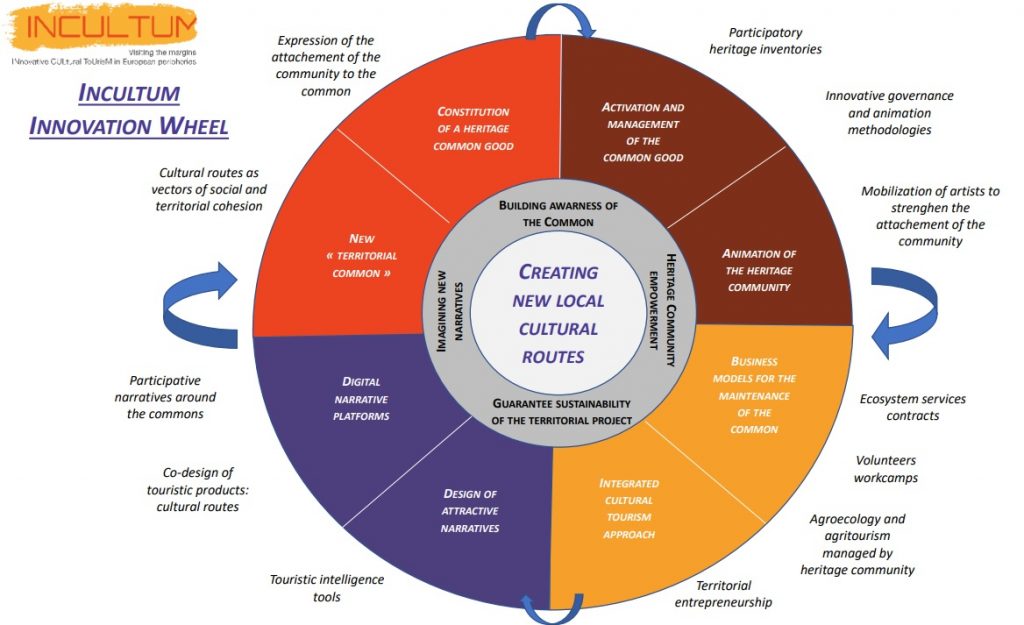
The coordination for fostering synergies and common strategies in innovation is important to facilitate Pilots’ progress and to identify solutions to common challenges. In this sense, transversality with the INCULTUM innovation manager is being promoted among partners.
A series of innovation factsheets is currently being developed to disseminate the work done by each Pilot for other stakeholders to take inspiration from.
Read the factsheet with description of 10 areas of innovation for INCULTUM Pilots (PDF)
Pilots’ Innovation Factsheets:
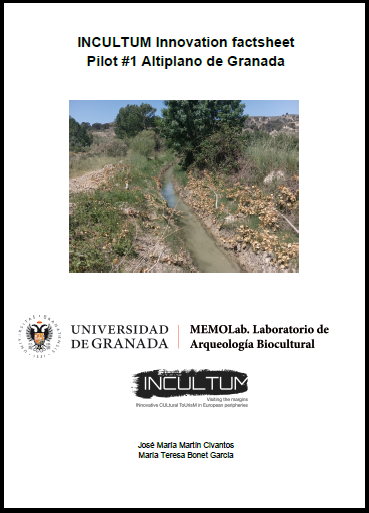
Following the established guidelines, in the Altiplano the innovation routes performed include:
- The constitution of a heritage resource as a common (good)
- The involvement of the community
- Creating new visitor itineraries
- The design of attractive narratives
- The participatory heritage inventory
Download the factsheet (PDF)

Pilot 2 Agrarian coastal plain: Campina de Faro
In this factsheet we propose to explore the main innovations developed within the cultural routes associated to the water landscape and heritage:
(i) Use the knowledge of older inhabitants about the landscape and material and immaterial heritage, as a support for the cultural routes as a vector of territorial and social cohesion.
(ii) Create a territory intelligent connecting agroecology and agrotourism through a shared diagnosis and proposals, and ultimately through the constitution of an active and participatory heritage community.
(iii) Ensuring the coherence, robustness, and resilience of the territorial project through an inclusive approach using entrepreneurship and territorial marketing as a tool .
Download the factsheet (PDF)
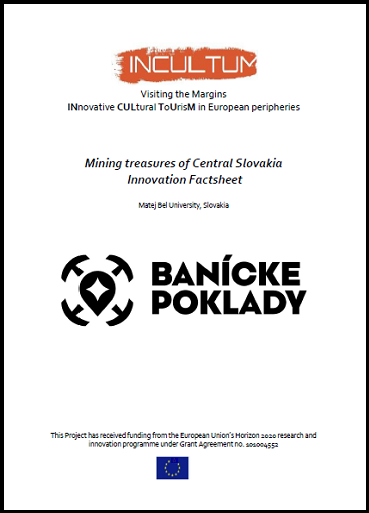
Pilot 3 Mining treasures of Central Slovakia
In this factsheet we propose to explore the main technical and product innovations (hard innovations) and Social innovations (soft innovations) of our PIlot.
Technical: Responsive web platform created using participatory approach of content cration and design, which is a unique product of cultural tourism with educational context.
Social: In education and learning through the creation of unique educational content with a potential to lead to change in curricula. Networking, cooperation, and participation of a wide network of stakeholders (from public, private, and non-profit sector) and individuals. Robust and unique presentation of mining heritage (tangible, intangible, industrial), including localities that were until now out of tourist interest. Empowering the creation of a mining heritage community. Enhancing the development of cultural tourism.
Download the factsheet (PDF)
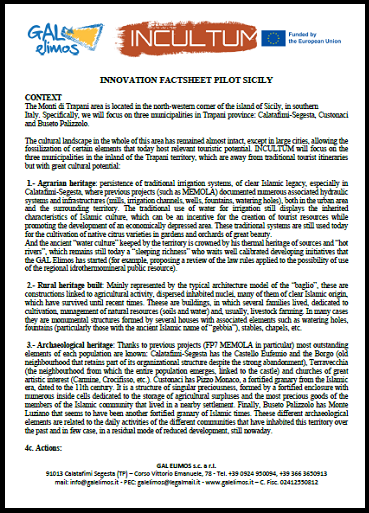
Pilot 4 Sicilian inland: Monti di Trapani
In this factsheet we propose to explore the main innovations developed in the framework of “Monti di Trapani”:
- The constitution of a heritage resource as a common (good)
- The involvement of the community in the management of the local heritage resources and the participatory heritage inventory and the participatory design of itineraries (political arena, open talks and bottom up approach)
- Creating new visitor itineraries that make it possible to discover the resources of the territory along a route (most of the time using soft means of transport). These routes also involve local participation in their design and, of course, in their development, thus encouraging local domestic tourism and knowledge of the local heritage; while soft mobility can be considered as an element of innovation to achieve sustainable tourism.
Download the factsheet (PDF)
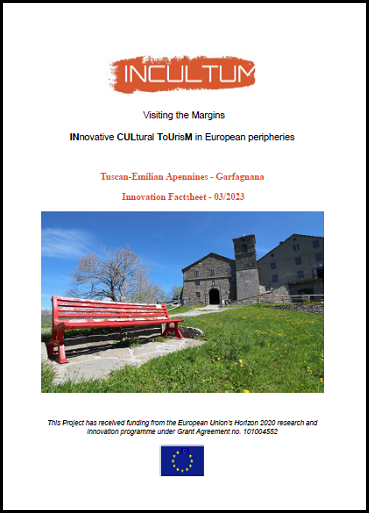
Pilot 5 Tuscan-Emilian Apennines – Garfagnana
In this factsheet we aim to discuss and anticipate the innovations this pilot case has developed up to this point, including the ones which the team plans to set into motion in the following months:
- The pilot aims at creating new visitor itineraries that make it possible for visitors to discover all of the resources of the territory.
- Design attractive narratives of the mentioned itineraries, so as to engage visitors in the local history. These narratives aim to give value to the history of the area and to the local ethnographic museum;
- Mobilising artists to strengthen the attachment of communities to their heritage and to share it with others.
- Promotional and visit tools to be implemented as a means to improve the knowledge of visitors regarding the existence of the village and its tourist offer.
Download the factsheet (PDF)
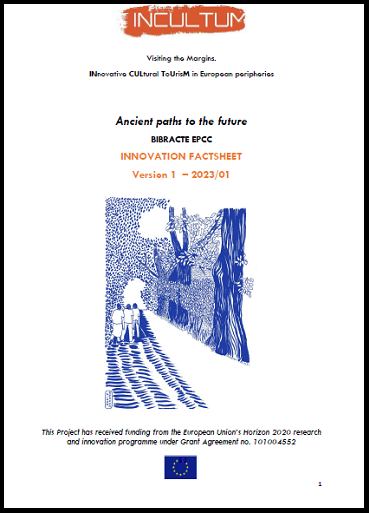
Pilot 6 Bibracte-Morvan: ancient paths to the future
In this factsheet Bibracte proposes to explore the main innovations developed in the framework of its pilot project:
– Use the attachment of the inhabitants for heritage and landscape as a vector for social cohesion and action, through the constitution of an active heritage community;
– Create “territorial intelligence”, particularly in tourism sector, through a shared diagnosis.
– Guarantee the coherence and sustainability of the territorial project through an integrated approach using territorial entrepreneurship as a tool for making different sectors of activity that shape the landscape and the economy working together.
Download the factsheet (PDF)

Pilot 7 Aoos, the shared river
In this factsheet we explore the main organizational and technological innovations utilized in the framework of Aoos the Shared River pilot, in order to create a fertile ground for social innovation to be developed:
- Record, map, analyze, synthesize and visualize the Cultural reality of the area.
- Empower local communities to collectively imagine, plan and implement evidence-based development actions in the field of Innovative Cultural Tourism.
- Create and promote Innovative Cultural products and services through P2P production and Social Economy business models.
Download the factsheet (PDF)
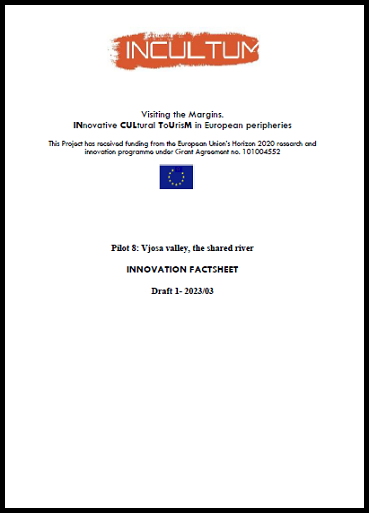
Pilot 8 Vjosa, the shared river
In this factsheet we explore the cultural heritage of the Vlach minority as the main product of the INCULTUM innovative actions in the Pilot, aiming at recording, revitalizing and promoting the currently menaced cultural heritage values of the Vlach people.
The action includes a ground-up initiative, that focuses in the following objectives:
▪ Rediscover and record the cultural heritage of the Vlach minority.
▪ Reactivate, promote and disseminate their tangible and intangible cultural values.
▪ Develop a collective self- awareness and self-understanding of the Vlach heritage.
Download the factsheet (PDF)
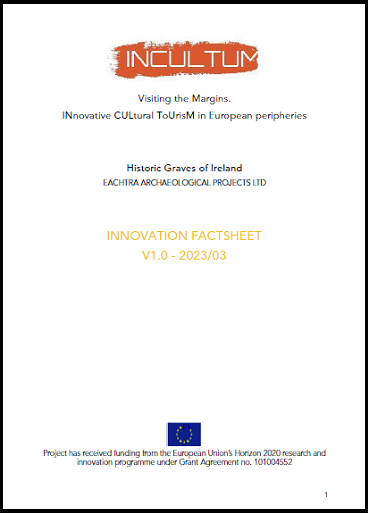
Pilot 9 Historic Graves of Ireland
The factsheet explain the innovation performed in the Irish Pilot in the following areas.
- The constitution of a heritage resource as a common (good)
- The involvement of the community
- Creating new visitor itineraries
- The design of attractive narratives
- The mobilisation of artists to strengthen the attachment of communities to their heritage
- The participatory heritage inventory and the participatory design of itineraries
- Territorial touristic intelligence
- Promotional and visit tools
Download the factsheet (PDF)
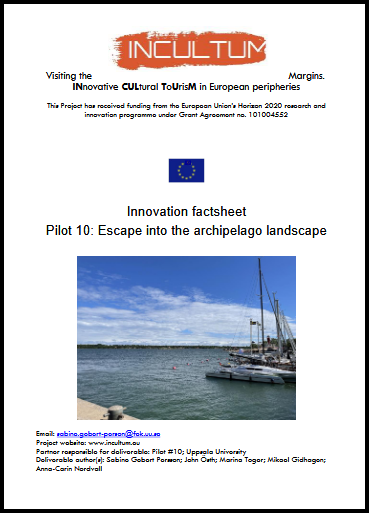
Pilot 10 Escape in the archipelago landscape
In the Pilot the focus is on innovative ways to understand visitors and their spatio-temporal behaviour as this can reveal both challenges and opportunities for the specific locations. With a more evenly distributed tourism between urban and rural areas, the coastal rural areas will be able to maintain and grow employment and attain a positive net population growth. A challenge in this is to balance the attracting of visitors to these areas while avoiding the negative impacts on the community and the cultural heritage. The Pilot contributes to INCULTUM through the following innovations:
- Understanding behaviours in a spatio-temporal context
- Participatory design
- Involvement of community
- Promotional and visit tools
Download the factsheet (PDF)
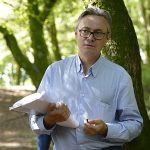
INCULTUM Innovation manager: Dr. Vincent Guichard – He is General Director of Bibracte EPCC, is an archeologist, with a PhD in Chemical Physics and another in archaeology. His action and responsibilities are focused on the preservation and enhancement of the archeological site of Bibracte while maintaining Bibracte as a key public actor in the fields of archaeological research and interpretation, integrated management of landscapes and cultural heritage, cooperation. Contact: v.guichard@bibracte




